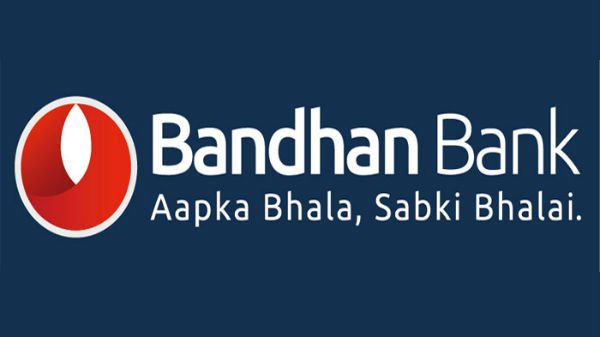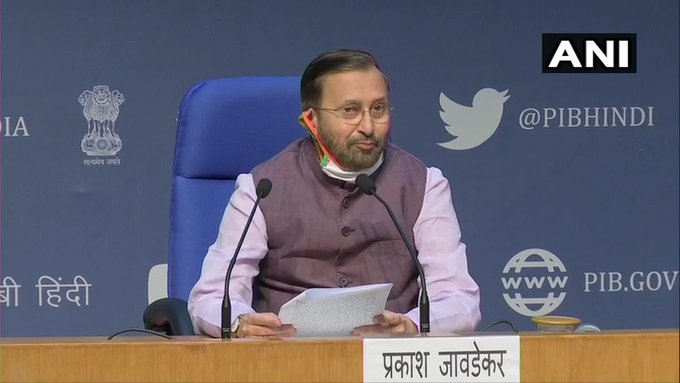
It doesn’t speak well of our Media coverage of the strategic issues of economic development – inclusive growth or financial inclusion that the completion on 23 August of the first five years of remarkably successful functioning of Calcutta based Bandhan Bank – a Bank dedicated to serve the poor with micro credit and finance micro small and medium enterprises went practically unreported. It is to the credit of CNBC TV 18 and its editor Latha Venkatesh that the channel aired a very interesting discussion with Chandra Sekhar Ghosh, MD and CEO Bandhan Bank and Dr. Pranab Sen, a distinguished economist and former Chief Statistician of India on the role of Bandhan Bank in MSME ( Micro, Small and Medium Enterprises) sector which employs about 11 crores , contributes 29.7%to the GDP and 49.60% of India’s exports as estimated in December 2019; and yet the MSME sector has received so little institutional and policy support as compared to the organised and especially corporate sector whose contribution to employment is only about 3%plus of the total work force.
The reasons are not far to seek- too many micro enterprises struggle for too long as Dr. Pranab Sen pointed out to move from a ” survival strategy to a dynamic business model” for want of access to institutional micro finance and term loans to remain in business and thus remain dependent on the private money lenders. This in turn makes the enterprises both uncompetitive and unable to expand. In this growth negative environment, public investment in ” physical infrastructure” such as rural roads and transportation , power and education and skill development don’t kickstart the economy as seen in India and other developing countries. Experience of Grameen Bank in Bangladesh and elsewhere has shown that sound Micro Finance Institutions (MFI) could only bridge this gap by providing timely financial, technical, management and marketing support to MSME Sector to build a value chain of trust and efficiency. And let us be honest that this cannot be done by the commercial banks- state or private owned as we need a local situation specific Micro Economic infrastructure which Micro Finance Institutions (MFI) and the rural cooperatives could only provide. This is exactly the area “where angels fear to tread” that needs intervention of the Self Help Groups, NGO, cooperative movement, dynamic micro finance institutions and specialized banks to cater to the needs of the poor that demands, of course, an appropriate policy environment.
Bandhan, a Bengali word, means ” a tie, a relationship that binds people and most appropriate for micro credit organization that derived its inspiration from the Grameen Bank model of Bangladesh and association of its founder Chandra Sekhar Ghosh with BRAC (Bangladesh Rural Advancement Committee) in mid 1980’s.The Bandhan Bank is much like the AMUL of Dr. Kurien when one notes how Chandra Sekhar built it from the scratch at Konnagar from 2001 with only two associates and fund borrowed from relatives to start a not for profit micro finance institution to lend micro credit to the poor@15% interest and did real ” hand holding” to help the borrowers – individual or a group as in the Grameen model of Bangladesh under schemes such as Suchona (the beginning), Srishti (creation)and Samriddhi (prosperity) to make proper use of credit to be able to repay. In 2006 Bandhan became a Non Banking Finance company ( NBFC- MFI) and emerged in 2010 as India’s largest MFI; and finally the Reserve Bank granted universal Banking licence in 2015 enabling Bandhan to commence its activities on August 23, 2015. It was a long struggle but a journey that ended in positioning Bandhan Bank as India’s Premier Bank for the poor- rural and urban and 8th largest bank in 2018 in terms of market capitalisation. It is the first MFI to get a full banking licence and its shares are currently held by the prestigious International Finance corporation, an affiliate of the World Bank – a stake of 10.93 % and Caladium Investments, a sovereign wealth fund of Singapore, Small Industries Development Bank (SIDBI); and most significantly it is the first Bank to be set up in Eastern India and North East India after Independence .
It’s fascinating to note in Bank’s 2019-20 Integrated Report that a 2016 study on the long term impact of Bandhan Bank’s micro finance support on livelihoods of the poor carried out by Abhijit Banerjee, Esther Dufllo – Nobel Laurates now,Raghabendra Chattopadhyay and Jeremy Shapiro suggests a significant positive outcome. It shows that in the seven years after the assets were first distributed livestock revenue, income from non farm activities and daily wage income increase was 286%, 100% and 25% higher in the “treatment Groups” that is, those who took loan as compared to the “control Groups” meaning others not covered by the Bank. The study confirms that” it was not because of more working hours but the fact that the income per hour went up and that they diversified their businesses and invested a part of the gains from livestock into other activities”. This might as well be among the initial testing in the field of the ” randomised control trials”, a method of assessing impact of a development project or a policy initiative(RCT) that earned the Development Economist couple- Dufllo and Banerjee and Kremer the Noble Prize in 2019. Following facts establish the strides Bandhan Bank have made in creating a new ecosystem for realising the potential of MSME Sector enabling the micro enterprises to stand on their feet first and then to become in due course small and even medium enterprises; and Bandhan Bank’s well calibrated financing made such moves to inclusive growth a reality.
As of now Bandhan Bank has 41563 direct employees, 2016 branches/ 4559 banking outlets, over 3000 Direct service centres and 485 ATMs across 34 out of 37 states and UTs,deposits of Rs 50718 crores and Reserves and surplus of Rs 13585 crores, a customer base of 20.31million including 15.6 million micro banking customers, a loan book of Rs 743000crores of which Rs 47500 are micro loans indicating the Bank’s priority and strategy to help the poor. Most significantly 91% of the loan was extended to activities which fall under ” priority sector” as against the norm of 40% which again shows the Bank’s commitment to inclusive growth; and with a net NPA of only 0.58% and Compound Annual Growth Rate ( CAGR) at 15.04% Bandhan Bank is an example for other banks- public as well as privately owned to note that the poor don’t default, the rich and the famous do.
More impressive than these numbers is the bold and innovative strategy to provide “the last mile micro credit availability to the poor ” by identifying among the poor ” the hard core poor”and ” ultra poor” women and helping such groups to access sustainable livelihood by taking up activities with the micro credit and post credit support the bank provides. The Bank’s commitment and intervention yielded good results as in the last year 28366 families moved out of poverty, 1466661 families accessed good health and well being, 45133 “ultrapoor women” gained livelihood security.
It is not just credit but the Bandhan Bank’s strategy to provide a package of training and hand holding support even after repayment that enables the poor to escape from poverty and then graduate to small and even medium enterprises. Bandhan’s “Group loan schemes” empowered the poor in a most effective way by enabling them to participate in the market.
There cannot be a better demonstration of ” inclusive growth” and ” financial inclusion” in practice today and merits study and widest replication. It’s motto “Aapka Bhala, SabKi Bhalai ” is in the true spirit of the PM Modi’s clarion call – ” Sabka saath, Sabka vikas aur vishwas “.
[the_ad id=’22722′]













